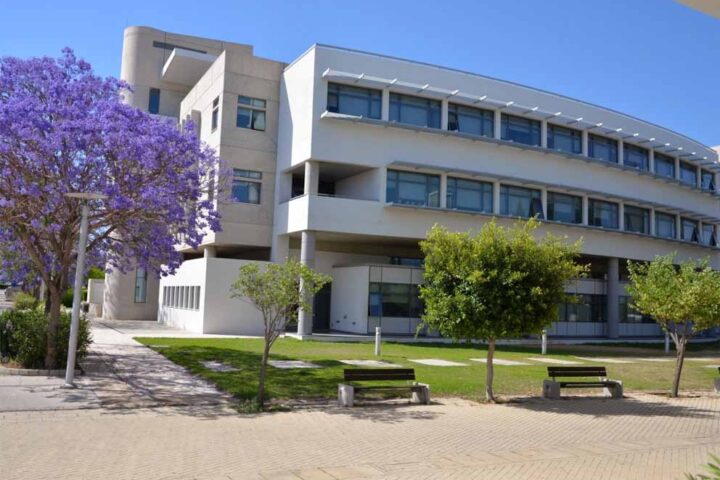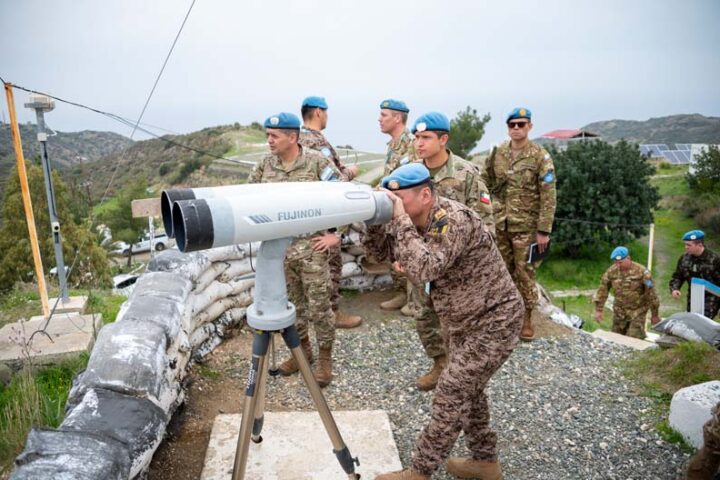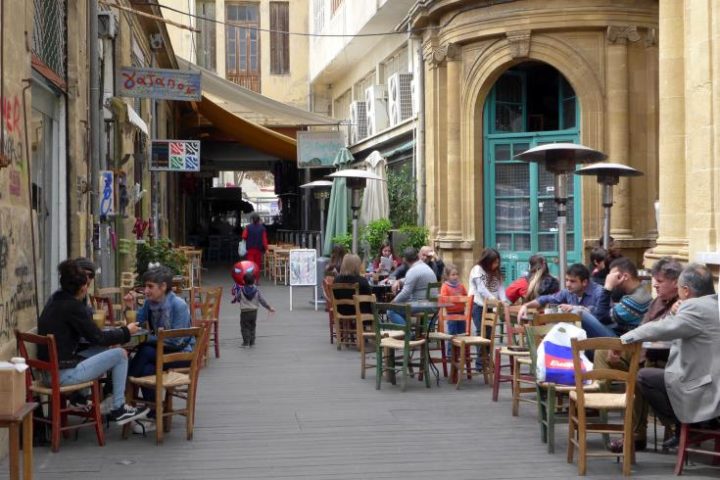The European Commission has tabled its annual proposal on fishing for 2008 that takes into account the state of fish stocks received in October from the International Council for the Exploration of the Sea (ICES), the Commission’s own Scientific, Technical and Economic Committee on Fisheries (STECF), and input from stakeholders.
The Commission views fisheries management as a long-term process, based on the analysis of long-term trends in the health of fish stocks. As this year’s policy statement made clear, there is still a long way to go if we are to achieve the aims of the Common Fisheries Policy, namely fisheries which are sustainable for the long-term in economic, social and biological terms.
The Commission is proposing further cuts in effort and/or Total Allowable Catches (TACs) in a number of fisheries, while generally respecting the rule that inter-annual variations should be limited to 15% increase or decrease, so as to provide a degree of stability for stakeholders. However, in a number of cases, scientists have warned that the situation is sufficiently urgent that even larger cuts in fishing opportunities are required. The Commission’s proposal will be debated by the Council of Fisheries Ministers when they meet on December 17-19.
“The recent advice from ICES confirms that while the situation remains broadly stable, with some encouraging developments in certain fisheries, most stocks remain overfished,†said Joe Borg, European Commissioner for Fisheries and Maritime Affairs.
“We must make further efforts if we are to achieve progress towards sustainable fisheries. If we do not, the result will be the rapid decline of overfished stocks, and lasting damage to the fleets that depend on them. We therefore call on the Council to remain faithful to its long-term commitments, and to make decisions which place the long-term health of our fisheries before any short-term economic or political interests,†Borg added.
The improvement in the
Northern hake remains in good condition, with the stock at full reproductive capacity and a sustainable harvest rate. However, fishing mortality remains well above a rate which would provide maximum sustainable yield. Continuing to apply the terms of the recovery plan, the Commission proposes an increase of 2.5% in the TAC for 2008.
Thanks to two good year classes of southern hake, following the 10% reduction in southern hake fishing mortality agreed in the recovery plan would lead to an increase of over 15% in TAC. The Commission is proposing to restrict the increase to 15%, in line with the recovery plan. For the two Nephrops stocks in Iberian waters, TACs are reduced by 15%.
The 2006 year class of
Poor recruitment continues to mark the main EU herring stocks. In last week’s negotiations with Norway, the Commission agreed a 41% reduction in the TAC for the North Sea stock. A substantial 32% reduction has also been agreed with
The condition of







